Recent events, including the conviction and sentencing of George Pell for sexually abusing two children in the 1990s and the documentary airing allegations about Michael Jackson’s abuse of two young boys, have made prominent the topic of child sexual abuse. Many parents may be concerned about the safety of their child, and whether they are missing signs the child may be being groomed, or sexually abused.
Child sexual abuse is a global problem. Victimisation rates are estimated at 18% for girls and almost 8% for boys. But these rates don’t show the full picture as they only reflect cases that have been reported. Most cases of child sexual abuse are perpetrated by someone known to the child or related to the child.
Findings from the Royal Commission into child sexual abuse show victims can take up to 26 years to disclose sexual abuse. So, if the child isn’t disclosing their experience, what can a parent do? Here are some signs to look for to protect your child, as well as what to do if you suspect they are experiencing sexual abuse or are at risk of being abused.
Encourage open conversation
The best weapon any caregiver has for protecting their child is to proactively engage in open communication about personal safety with their child from a young age. Helping a child build their knowledge of personal safety is a form of primary prevention of child sexual abuse.
This might include parents teaching their children the correct names for their genitalia, creating a shared language around warning signs, and basic rules regarding personal safety. Having these open conversations early on will build the child’s knowledge and may encourage the child to be more open about uncomfortable experiences they may have.
Why children may not tell
There are many reasons why children might not disclose abuse immediately. These include feelings of self-blame, embarrassment, shame, powerlessness or fear of the perpetrator.
Some children may simply not know how to talk about the abuse. The likelihood of non-disclosure may be magnified when the perpetrator is a family member or known to the family. Here, the child might feel conflicted, as they want the abuse to stop but are concerned about the perpetrator’s well-being if they disclose, or fear the consequences of disclosure such as family separation or distress.
Grooming dynamics also shed light on why children may not disclose. Grooming is where a perpetrator manipulates a child using psychological pressure, tangible incentives (such as toys and money) and attention.
Once abuse occurs, the child’s silence may be maintained by the perpetrator suggesting the child will not be believed about the abuse, using threats and blame (“you will ruin the family if you tell anyone”) and distorting the abuse (such as suggesting it is part of a “game”).
Research suggests children are more likely to disclose sexual abuse if they feel they have at least one trusted adult they can turn to, who will listen and believe them.
Male victims are less likely to disclose than female victims. This may be due to it seeming un-masculine to seek help, being viewed as homosexual (if the perpetrator is male), and confusion about the experience due to the visible physiological responses they may have – such as an erection.
The severity of the abuse has also been linked to disclosure. Research has found the more severe the abuse, the more likely the child is to disclose it. Researchers have suggested in these instances, the child’s fear of being abused again may override any perceived negative consequences associated with disclosing the abuse.
What are some of the warning signs of sexual abuse?
While children may not disclose sexual abuse, they may show possible indicators. This might include one or more of the following:
- significant changes in behaviour (such as reverting to soiling or bed wetting, a decline in school performance)
- sexual behaviour or knowledge about sex that is beyond the child’s age
- sudden fears or fear of being with a specific person
- unexplained change in emotional state
- becoming unusually secretive
- pain in the genital or anal area.
But be alert not alarmed – these are possible indicators, not tell-tale signs. Just because an older child wets the bed does not mean they are (or have been) the victim of sexual abuse.
While children show curiosity and a range of behaviours while growing up, the take home message is to be alert to changes in emotions and behaviour that seem out of the ordinary for your child.
What do I do if I suspect my child is being sexually abused?
If you are concerned about a child, you can ask questions such as: “is anything worrying you?”, “are you OK?” and “is there anything you would like me to do to support you?”.
A child’s disclosure of sexual abuse may be intentional or non-intentional, complete or incomplete, verbal or non-verbal. The child may draw a picture or use toys to re-enact the situation. Importantly, how you respond to the child can impact on their recovery from such trauma.
If a child discloses to you that they are being sexually abused, give the child your undivided attention. Believing the child is critical to the child’s psychological well-being. Allow the child to use their own words and to take their time. Assure the child that they have done the right thing by telling you.
Avoid quizzing the child as this may add unnecessary pressure, and could interfere with legal proceedings (which may be considered as directing the child’s disclosure). The important thing at this stage is to be a supportive listener and ensure the child is safe.
You can report the incident to police or child protection. These individuals are specifically trained professionals in questioning children. Even without a disclosure, you can report your concerns.
Larissa Christensen, Lecturer in Criminology & Justice | Co-leader of the Sexual Violence and Research Prevention Unit (SVRPU), University of the Sunshine Coast; Nadine McKillop, Lecturer in Criminology & Justice | Co-leader of the Sexual Violence and Research Prevention Unit (SVRPU), University of the Sunshine Coast, and Susan Rayment-McHugh, Lecturer in Criminology and Justice & Co-Leader of the Sexual Violence Research and Prevention Unit, University of the Sunshine Coast
This article is republished from The Conversation under a Creative Commons license. Read the original article.
Image by PublicDomainPictures from Pixabay
![]()


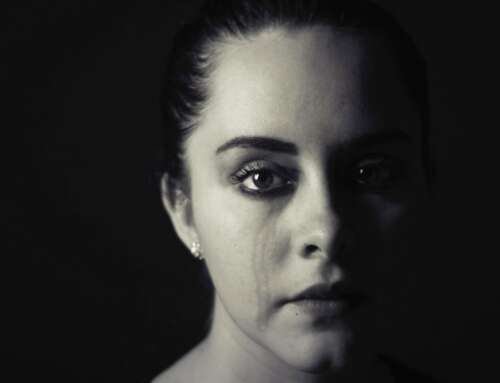
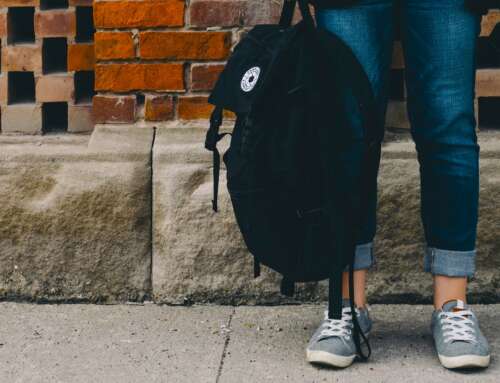
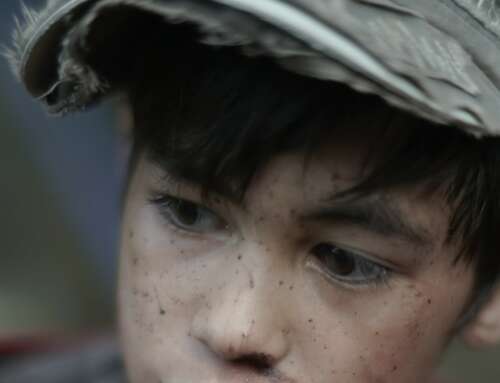
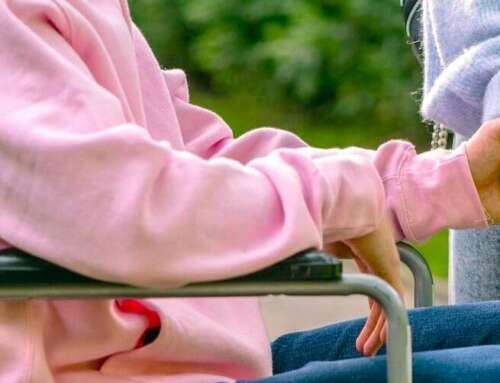
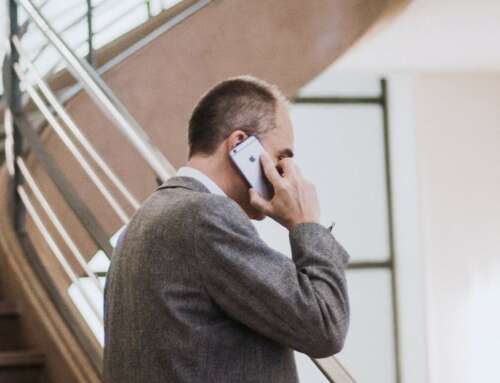
Leave A Comment